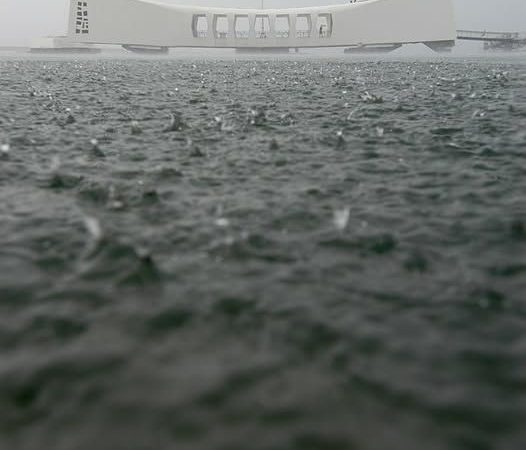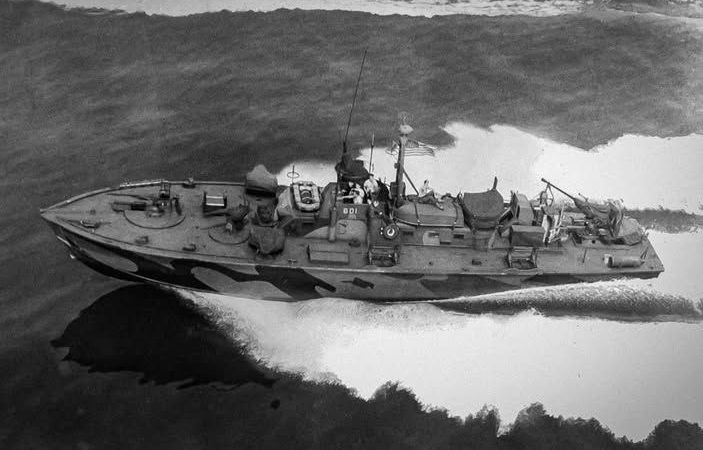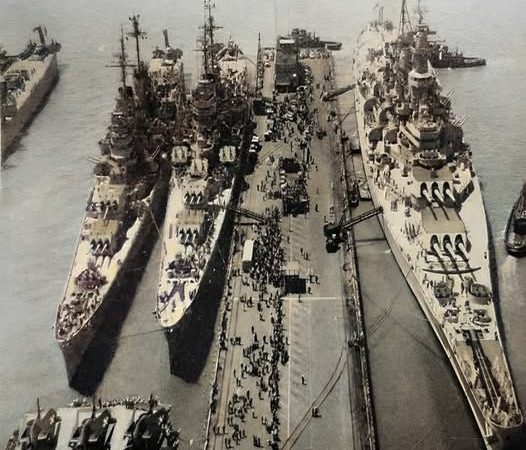Four Revenge-Class Battleships: HMS Revenge, Ramillies, Royal Sovereign, and Resolution at Sea in 1930
The early 20th century marked a significant era in naval warfare, characterized by the rise of dreadnought battleships. Among these formidable vessels were the Revenge-class battleships of the Royal Navy, specifically HMS Revenge, Ramillies, Royal Sovereign, and Resolution. Launched in the 1910s, these battleships played crucial roles during their service, particularly during the interwar period, which includes the year 1930.
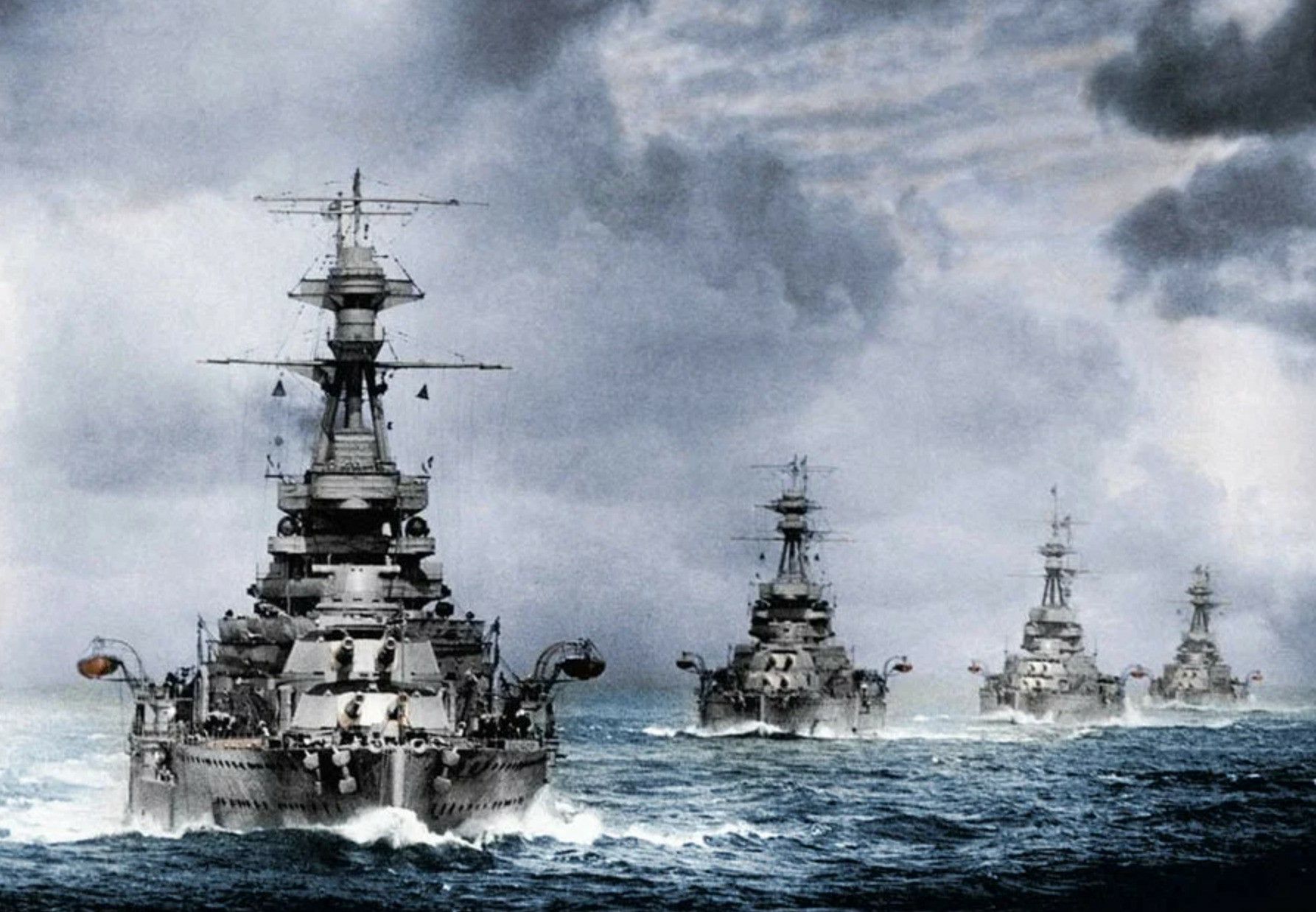
Overview of the Revenge-Class Battleships
The Revenge-class battleships were designed as a response to the growing naval power of other nations. Their construction aimed to enhance the Royal Navy’s capabilities, ensuring superiority at sea. Each ship in the class boasted a displacement of approximately 33,000 tons, armed with an array of powerful guns and featuring advanced naval technology for the time.
HMS Resolution (09) : The last of the class, Resolution was launched in 1916 and played a vital role during her service life. Her strong artillery and defensive systems made her a key asset in naval engagements.
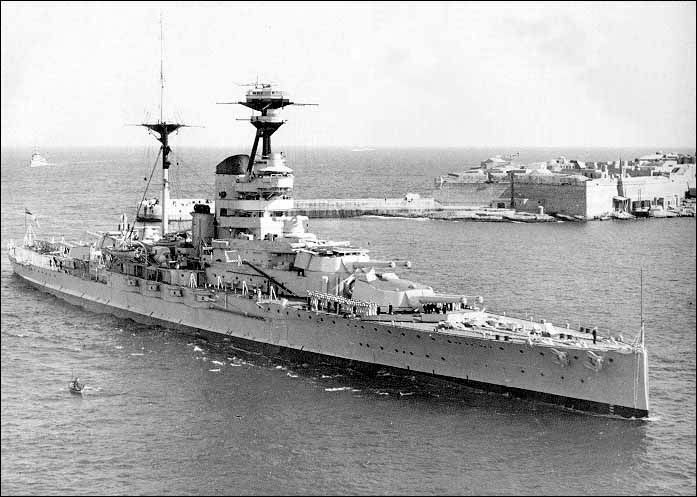
HMS Revenge: Launched in 1915, HMS Revenge was the lead ship of her class. She served with distinction during both World Wars and was notable for her resilience in battle. With ten 15-inch guns, she was a formidable opponent, capable of engaging enemy ships effectively.
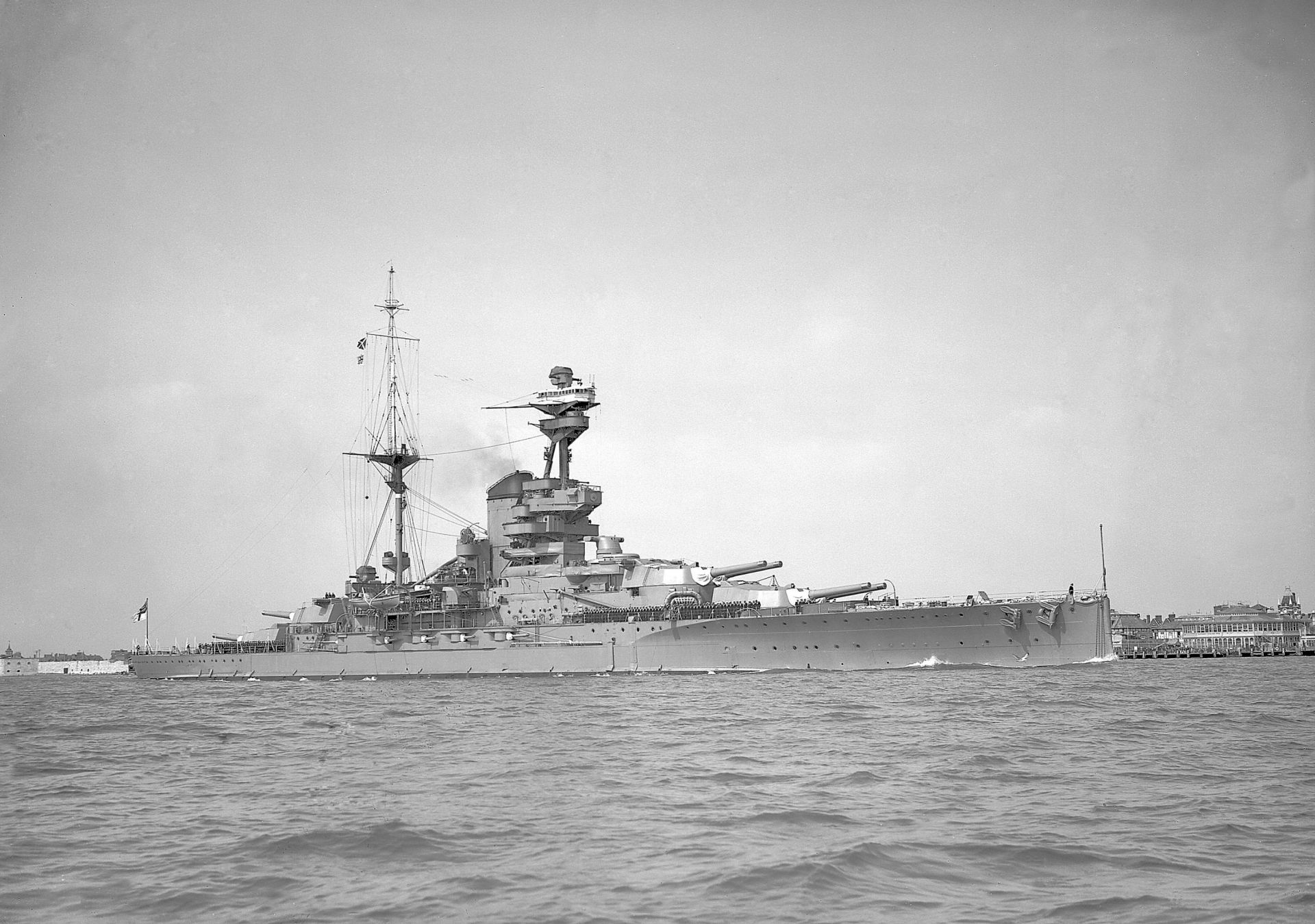
HMS Ramillies (07) : Launched in 1917, Ramillies was known for her robust armor and firepower. She saw action in various theaters, including the Mediterranean, where she participated in numerous operations to support Allied forces. Her design emphasized both offensive and defensive capabilities.
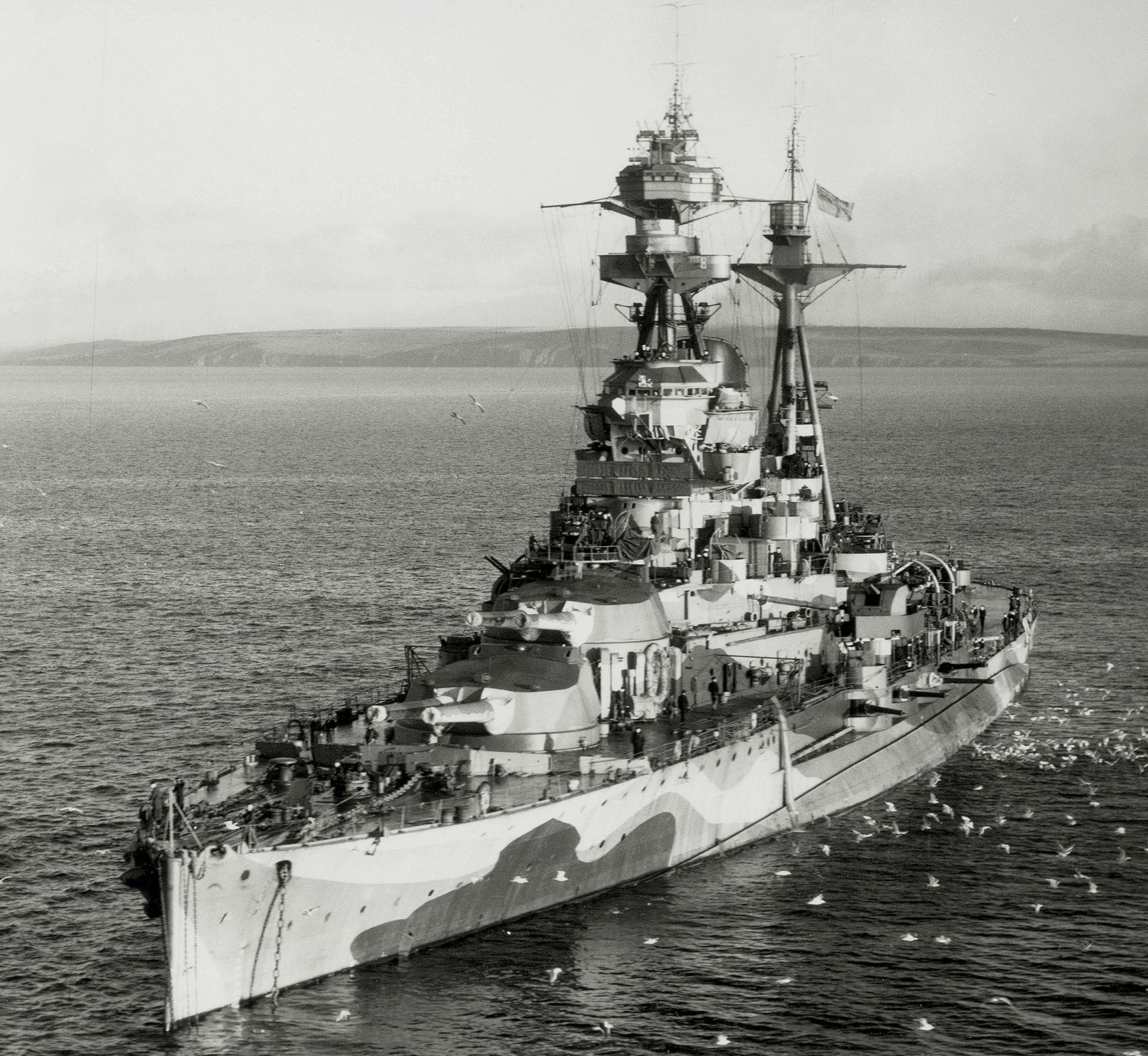
HMS Royal Sovereign: Commissioned in 1916, Royal Sovereign also showcased the advancements of the Revenge class. Renowned for her operational history, she provided critical support during World War I and later engaged in various peacekeeping missions.

At Sea in 1930
By 1930, the Revenge-class battleships had settled into a peacetime role, primarily focusing on training and ceremonial duties. Their presence at sea symbolized the might of the Royal Navy during a time when international tensions were beginning to rise again.
During exercises, these battleships operated together, showcasing their impressive capabilities. The sight of the four Revenge-class battleships sailing in formation was a powerful testament to British naval strength, instilling confidence among the British public and deterring potential adversaries.
The interwar period also saw the Royal Navy shift its focus towards modernizing its fleet, which included exploring new technologies and naval strategies. Despite this, the Revenge-class battleships remained significant for their historical value and operational experience.
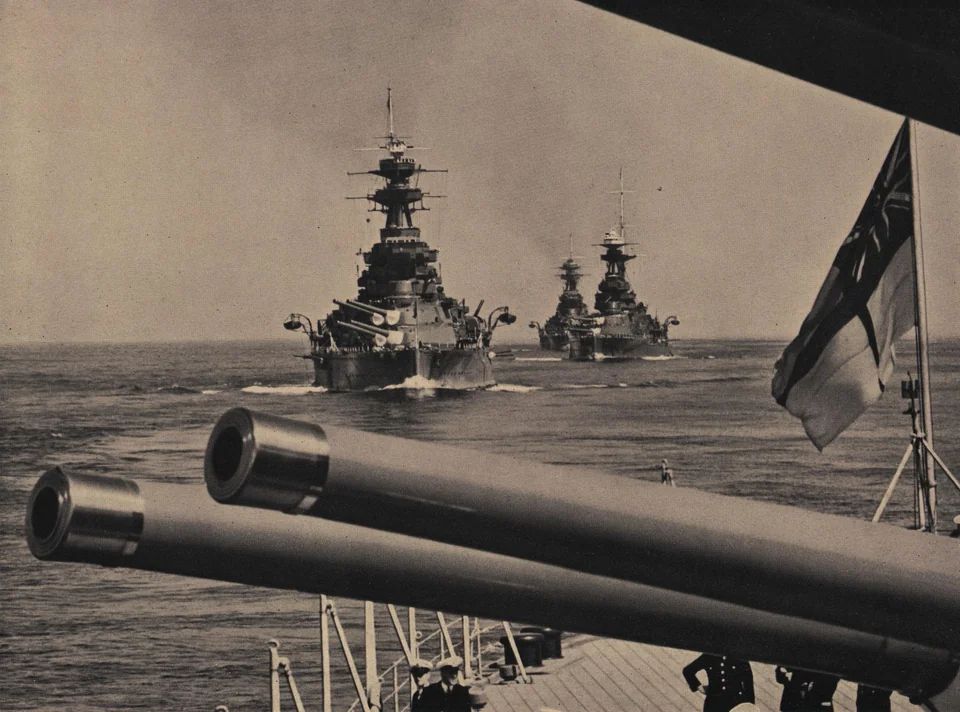
The Revenge-class battleships, including HMS Revenge, Ramillies, Royal Sovereign, and Resolution, represented a pivotal moment in naval engineering and military strategy. Their service during the early 20th century, especially their presence at sea in 1930, underscored the Royal Navy’s commitment to maintaining maritime superiority. These battleships not only served in times of conflict but also played a vital role in shaping naval tactics and the evolution of battleship design in the years to come.

